NEW YORK, N.Y., USA: Although it seems counterintuitive, a bone break can lead to a stronger bone that can support an oral implant. Introducing microcracks in the jawbone stimulates bone growth. Once greater bone density is established in the jaw, patients have an improved opportunity for successful placement of oral implants and dental prostheses.
A recent article in the Journal of Oral Implantology describes an approach to oral implant surgery for patients with severely atrophic jaws that stimulates bone activation of the future implant location. More complicated procedures such bone grafts and sinus lifts have met with success, but are not always desirable.
Dental patients with severely atrophic jaws have poor quality and quantity of bone in which to place an implant. Using the Osteotensor, a purpose-designed instrument, a series of microcracks are created in the jawbone. A biological response then takes place: proteins, stem cells and other growth factors work to regenerate the bone.
After 45 to 90 days, implant surgery can take place. Solid titanium disks are implanted into the bone bed and covered by biomaterial. A rigid, screw-fixed prosthesis can then be immediately loaded and become functional.
The authors of the article report the case of a 74-year-old woman treated with this technique after she declined to undergo a bone grafting procedure. Forty-five days after microcracks induced bone activation, the same Osteotensor instrument could no longer penetrate bone at 23 of 42 impact sites. After 90 days, none of the sites could be penetrated. Softer, type IV bone had been transformed to harder, type II bone, and it was safe to proceed with implant surgery.
Two years later, the patient’s implants were osseointegrated, and the regenerated bone had become functional bone. For this patient and others who may have experienced implant loss or bone graft failure, this procedure can offer a second chance for implant success.
Full text of the article, “Fixed Rehabilitation of Severely Atrophic Jaws Using Immediately Loaded Basal Disk Implants After In Situ Bone Activation,” Journal of Oral Implantology, Vol. 38, No.5, 2012, is available at www.joionline.org/doi/full/10.1563/AAID-JOI-D-10-00163.
(SOURCE: Journal of Oral Implantology)
Bone regeneration requires several factors to take place: osteoinduction, osteoconduction and osteogenesis. Autografts and advanced biologics may offer all ...
NEW YORK, N.Y., USA: Cardiac patients who take anticoagulant medications and need a tooth extraction face an increased risk of bleeding that must be ...
COLUMBUS, Ohio, USA: Researchers have found that children who are learning to walk are at the highest risk of injury from baby bottles, sippy cups and ...
The scientific evidence demonstrates that endodontically treated teeth fail more often due to restorative errors. In a live webinar, Alan Atlas, DMD, will ...
The Midwinter Meeting is often the place where the dental industry’s newest and most advanced technology is introduced. This year in Chicago, one such ...
SILVER SPRING, Md., US: The US Food and Drug Administration (FDA) has finalised guidance on animal studies for dental bone grafting material devices, aiming...
CHICAGO, USA/LEIPZIG, Germany: Toothpastes containing triclosan/copolymer are better than regular fluoride toothpastes at killing oral bacteria, according ...
CLEVELAND, Ohio, USA: A discovery by researchers at Case Western Reserve University (CWRU) in Cleveland could help to explain the origins of foodborne ...
The new Lares Research Perceptive Electric Handpiece System features dentistry’s first voice-activated control of frequently changed motor settings, such ...
LANSDALE, Pa., USA: X-Nav Technologies — a medical device company that develops surgical products intended to advance patient care while improving doctor ...
Live webinar
Mon. 22 December 2025
1:00 PM EST (New York)
Live webinar
Mon. 12 January 2026
9:00 AM EST (New York)
Prof. Judith Jones D.D.S; M.P.H., Prof. Kakuhiro Fukai D.D.S., Ph.D, Dr. Bathsheba (Bethy) Turton
Live webinar
Wed. 14 January 2026
12:00 PM EST (New York)
Dr. Théo Laplane, Dr. Robert Gottlander DDS
Live webinar
Fri. 16 January 2026
12:00 PM EST (New York)
Live webinar
Mon. 19 January 2026
1:00 PM EST (New York)
Philipp Kopp, Michael Seeber
Live webinar
Thu. 22 January 2026
2:00 PM EST (New York)
Dr. Nicola M. Grande DDS, PhD
Live webinar
Wed. 28 January 2026
8:00 AM EST (New York)



 Austria / Österreich
Austria / Österreich
 Bosnia and Herzegovina / Босна и Херцеговина
Bosnia and Herzegovina / Босна и Херцеговина
 Bulgaria / България
Bulgaria / България
 Croatia / Hrvatska
Croatia / Hrvatska
 Czech Republic & Slovakia / Česká republika & Slovensko
Czech Republic & Slovakia / Česká republika & Slovensko
 France / France
France / France
 Germany / Deutschland
Germany / Deutschland
 Greece / ΕΛΛΑΔΑ
Greece / ΕΛΛΑΔΑ
 Hungary / Hungary
Hungary / Hungary
 Italy / Italia
Italy / Italia
 Netherlands / Nederland
Netherlands / Nederland
 Nordic / Nordic
Nordic / Nordic
 Poland / Polska
Poland / Polska
 Portugal / Portugal
Portugal / Portugal
 Romania & Moldova / România & Moldova
Romania & Moldova / România & Moldova
 Slovenia / Slovenija
Slovenia / Slovenija
 Serbia & Montenegro / Србија и Црна Гора
Serbia & Montenegro / Србија и Црна Гора
 Spain / España
Spain / España
 Switzerland / Schweiz
Switzerland / Schweiz
 Turkey / Türkiye
Turkey / Türkiye
 UK & Ireland / UK & Ireland
UK & Ireland / UK & Ireland
 International / International
International / International
 Brazil / Brasil
Brazil / Brasil
 Canada / Canada
Canada / Canada
 Latin America / Latinoamérica
Latin America / Latinoamérica
 China / 中国
China / 中国
 India / भारत गणराज्य
India / भारत गणराज्य
 Pakistan / Pākistān
Pakistan / Pākistān
 Vietnam / Việt Nam
Vietnam / Việt Nam
 ASEAN / ASEAN
ASEAN / ASEAN
 Israel / מְדִינַת יִשְׂרָאֵל
Israel / מְדִינַת יִשְׂרָאֵל
 Algeria, Morocco & Tunisia / الجزائر والمغرب وتونس
Algeria, Morocco & Tunisia / الجزائر والمغرب وتونس
 Middle East / Middle East
Middle East / Middle East


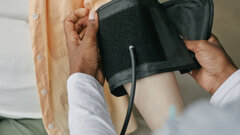
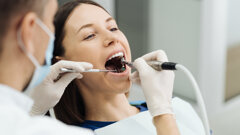

























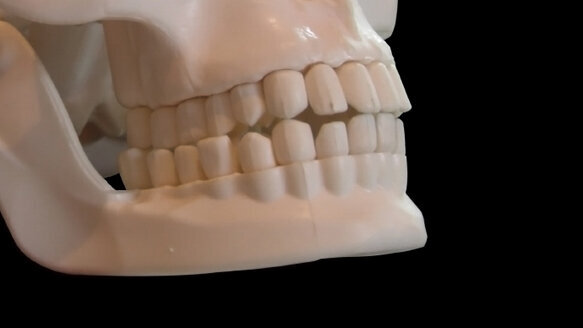



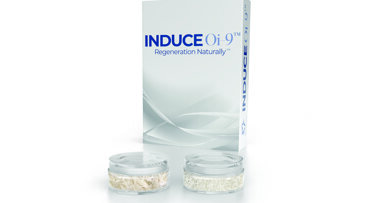

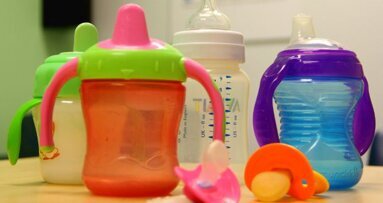
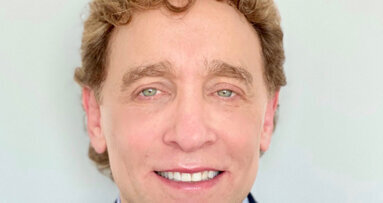
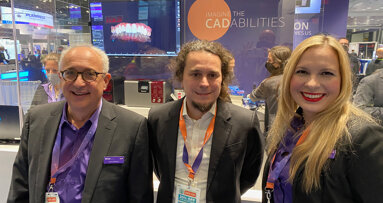
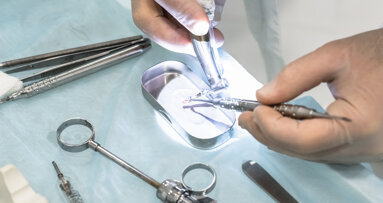
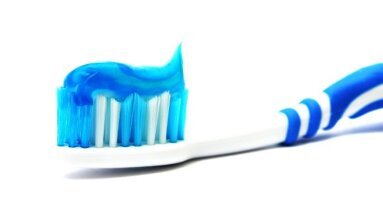
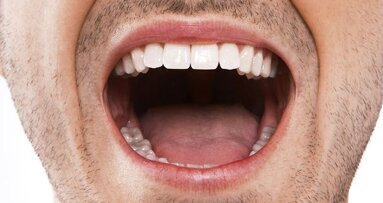
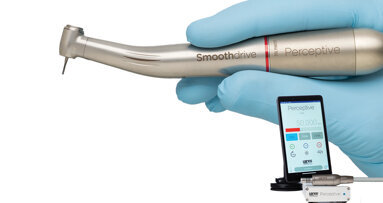
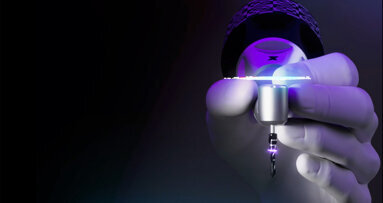

















To post a reply please login or register